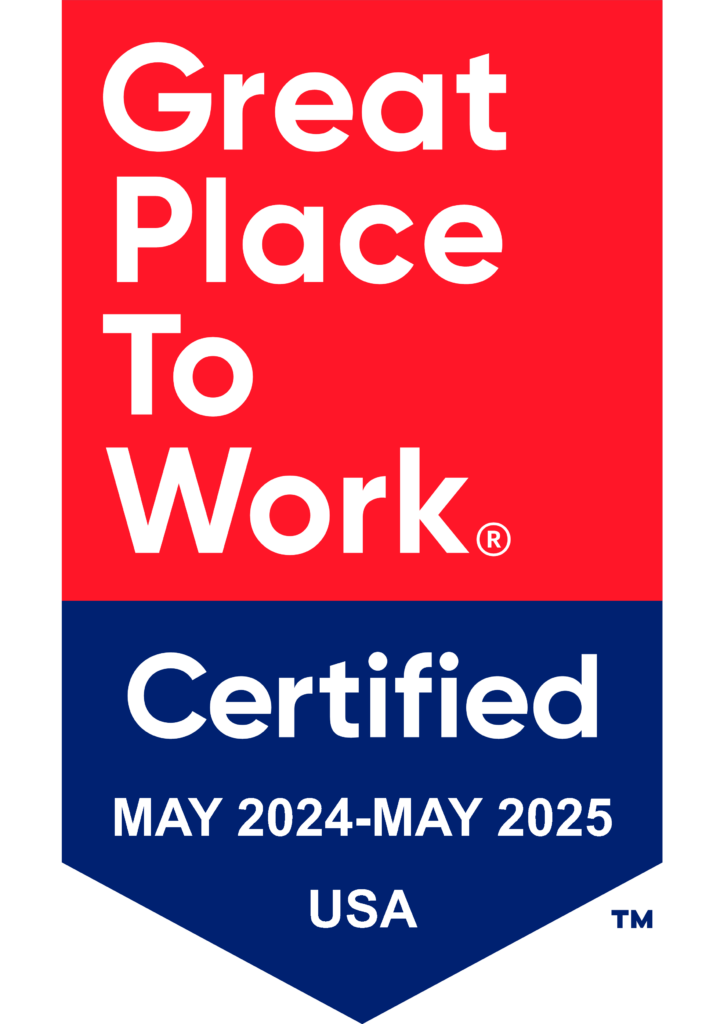Pool Calculator
Pool Care Calculator (Liquid vs. dry chlorine)
Conversion Table
One Liquid Chlorine Gallon is Equivalent to Two 3" Chlorine Tabs
Pool Calculator
To compare weekly cost to sanitize your pool (liquid vs. dry chlorine):
- Liquid: Type in # of gallons used and cost purchased in fields to display total spend for liquid treatment.
- Dry: Type in # of 3″ chlorine tabs and bags of powdered shock used and cost purchased in fields to display total spend for powder treatment.
- Compare the weekly cost you will spend between liquid and powder treatment of your pool.
Liquid Chlorine Gallons Used Per Week
X
Price Per Gallon ($)
=
0.00
vs.
3" Chlorine Tabs Used Per Week
X
Price Per 3" Tab ($)
=
0.00
Powdered Shock Used Per Week
X
Price Per Bag of Shock ($)
=
0.00
Total Cost for powder treatment
0.00

